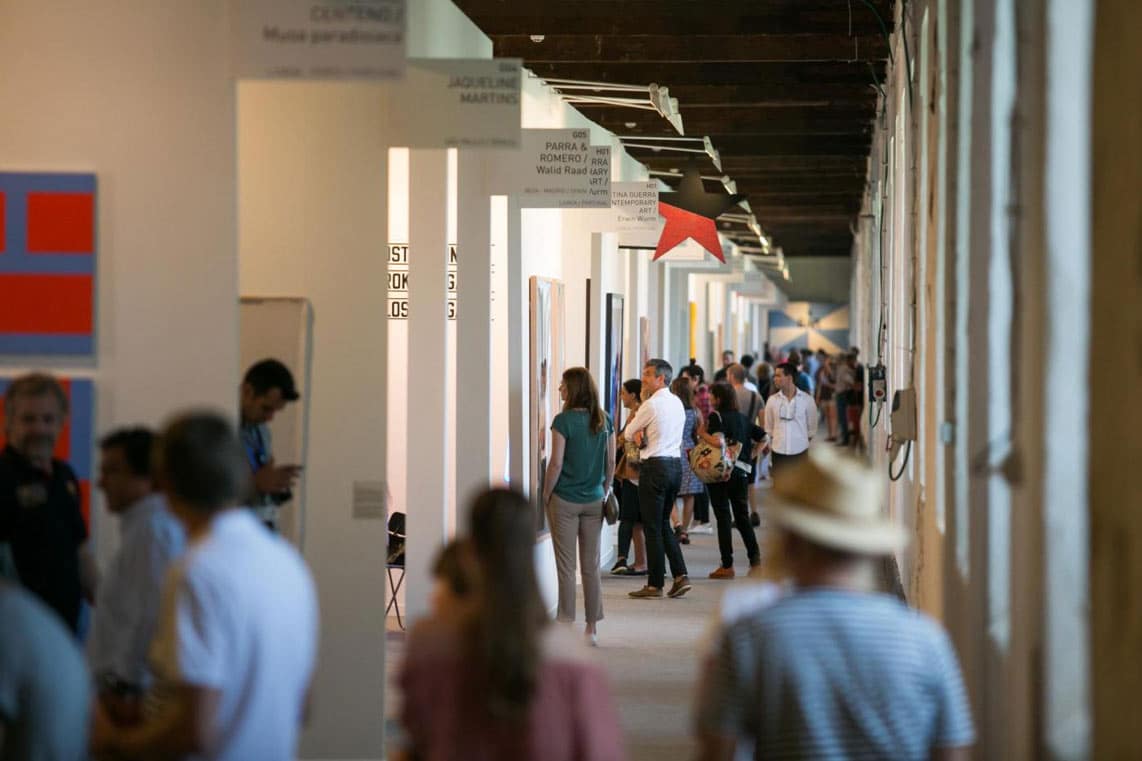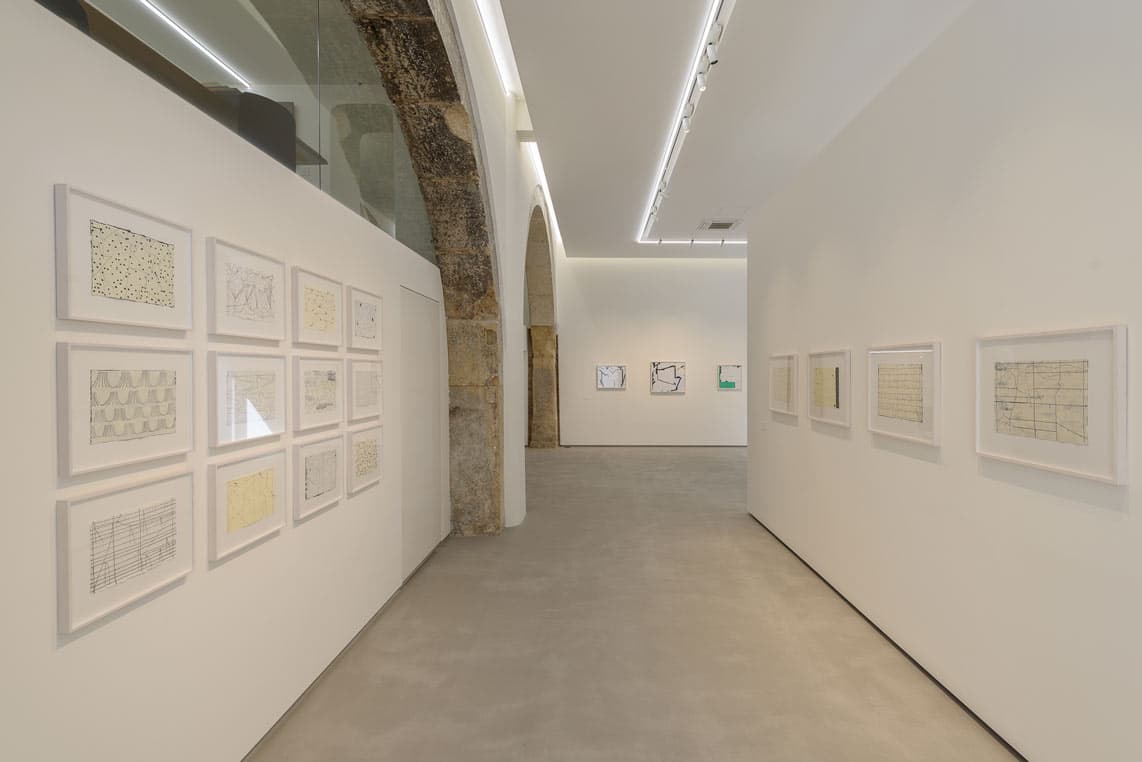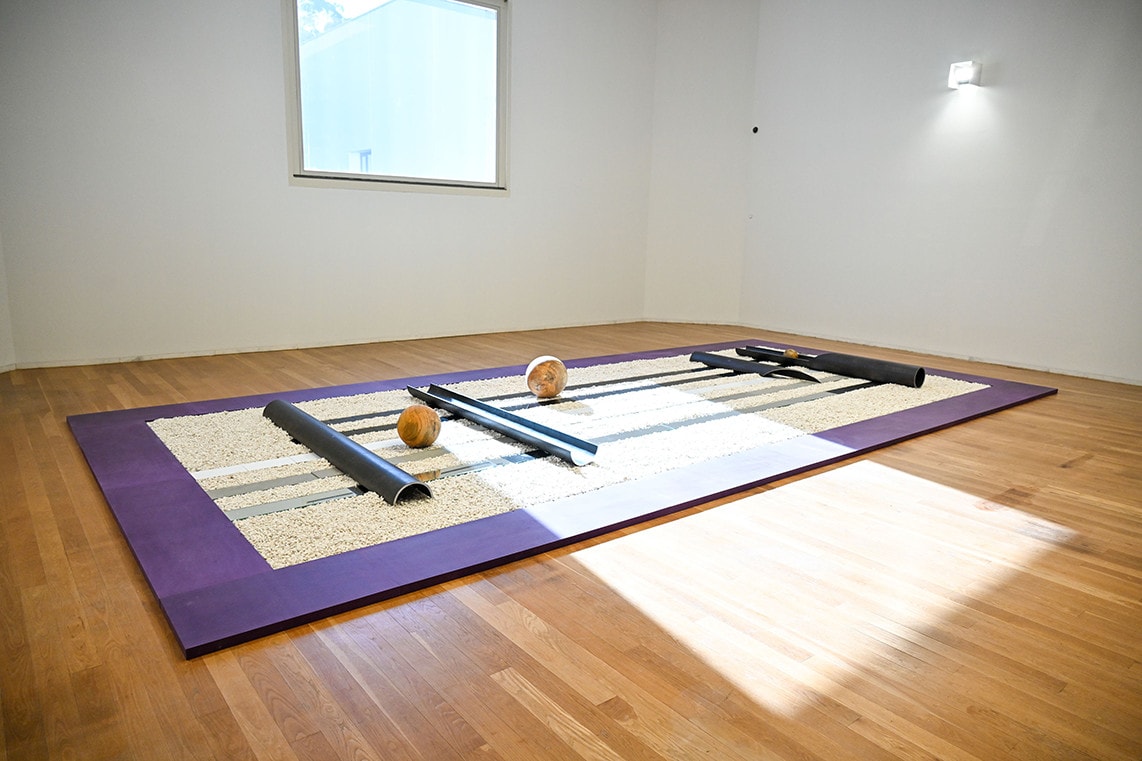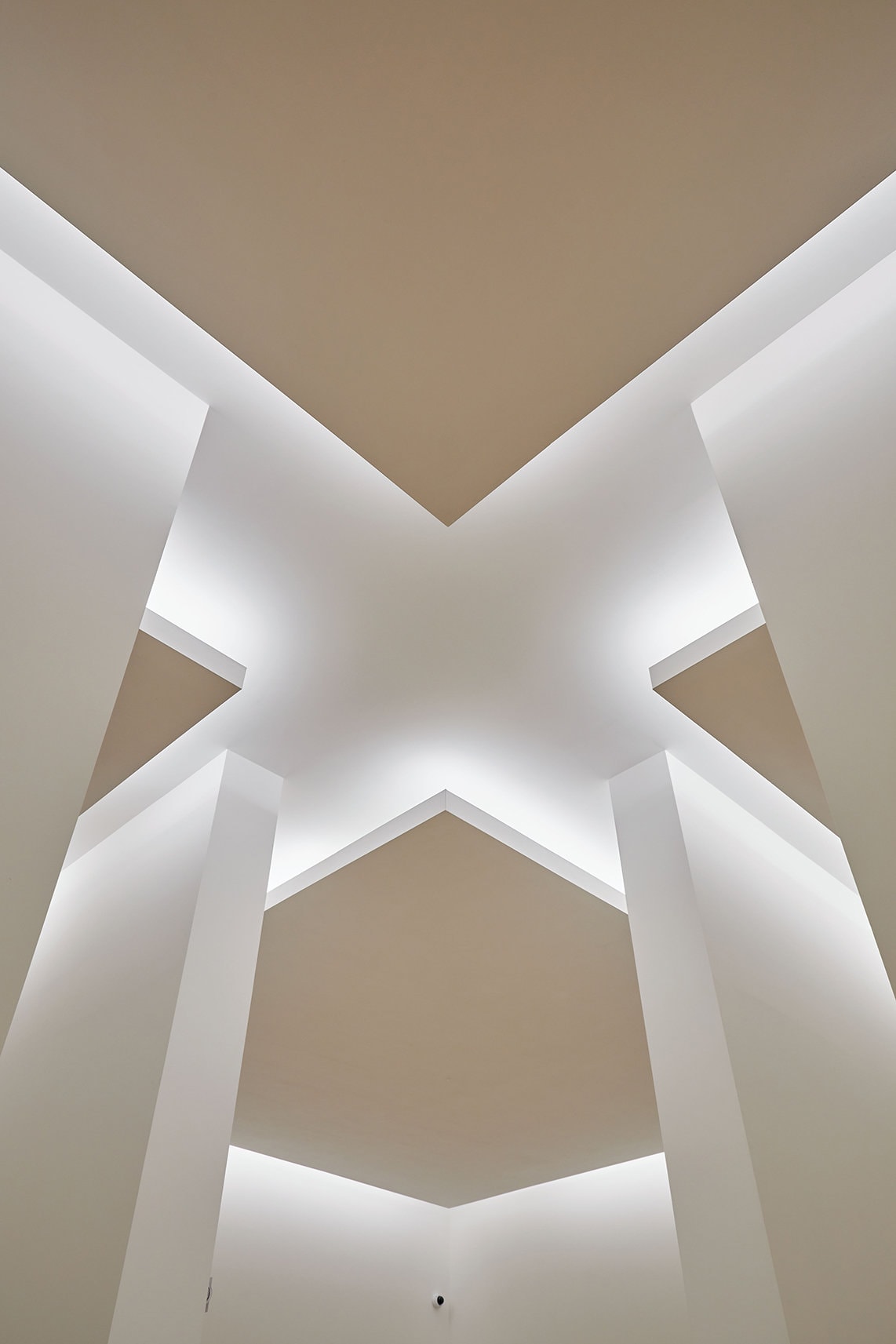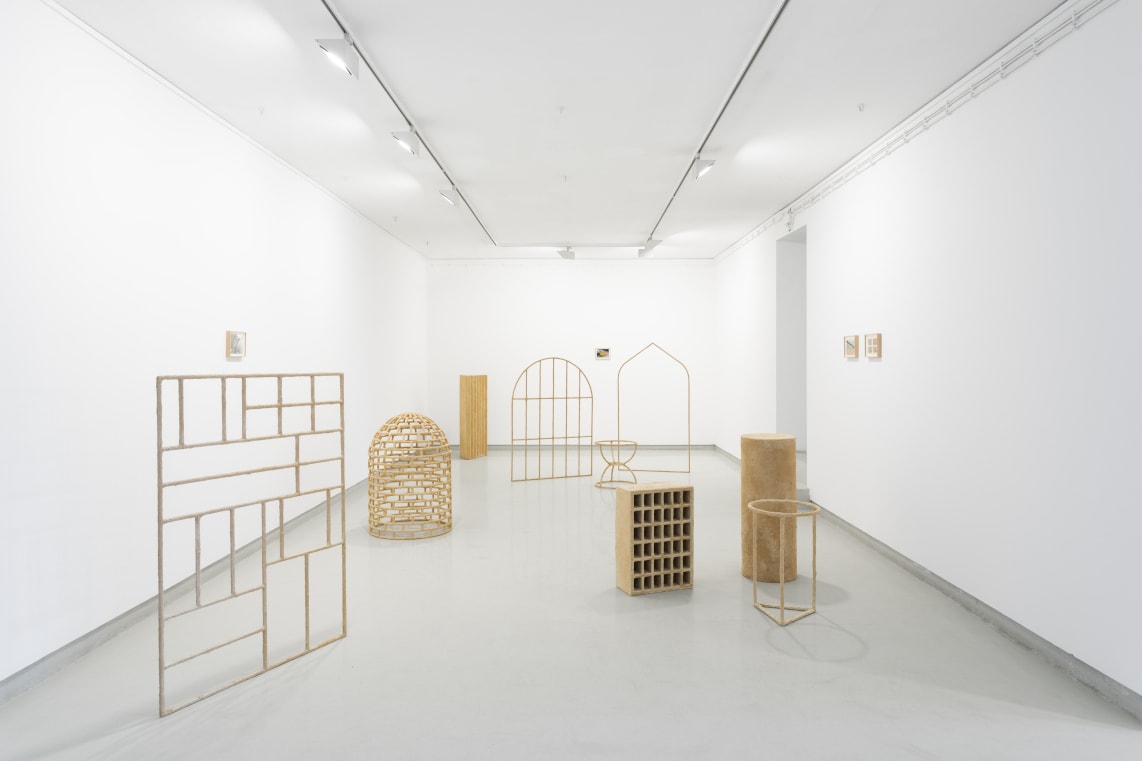Filipe Cortez is an artist whose plastic abilities are unusual and unique. The reinterpretation of the canvases and the plethora of material that he uses implies a boundless, enlarged and plural understating of the artistic creation. He explores the fields of painting, drawing, sculpture and, especially, installation, through experimental forms before which one cannot remain indifferent.
This creative and productive uniqueness does not go unnoticed, and he has already been, more than once, awarded and part of artistic residencies, the first of which lasted six months, in New York, in Residency Unlimited and, subsequently, he spent two months in Taipei under the shelter of STUPIN.ORG (TKG + Projects), which allowed him to do some networking to conduct exhibitions in both cities. In the capital of Taiwan, he held a solo exhibition, where a collector bought five pieces, which, in the past month of April, were exhibited in a collective endeavour.
However, Oporto is the place where the vast majority of his creation is materialized, in a central area of the city, where his studio is located. This is the room where his plastic endeavours and expressions meet each other, uniting and developing themselves, a place that is as valuable as the objects themselves, which acquire their lives in that nest.
Constança Babo – Filipe, your work seems to be divided into series of canvases and diversified installations, in which you jumble different materials and shapes. There is something fundamentally distinct between the several practices and materials that you’re using. Do you feel that, to some extent, these are two working methods, or are they a research, a quest and an expression identical in its essence?
Filipe Cortez – For me, everything stems from the very same principle. I don’t make any distinction between the different work methods. They emerge in a natural way, from one work to another, complementing thought points or concepts. Deep down, all these different techniques orbit around the same ideals.
Layer on layer, history on history, construction and deconstruction of different times. In the end, they all merge in this idea of memory and ephemerality.
Concept-wise, the artist is particularly interested in the memory of the buildings, something that he acknowledges as an element since his childhood. At that time, in his imagination, the stories of the spaces that the visited started to unfurl, especially when they were abandoned. Today, recurrently, that same restlessness takes his thought as a prisoner, like when he was in New York. He tells that while he was there, in a subway station, he became aware of the several layers of paint that revealed themselves in the cracks of the pillars, painted on top of each other, each one with their own time, history, experiences.
CB – You explore the memory and the time of the buildings, particularly the spaces and environments that you dwell on, those that you know and experience. When you conceive a work to present in a given city and room, is their urbanism and architecture aesthetics your starting point or source of inspiration?
FC – It is as if I moved from the shadow into the light. From the oblivion to the romantic idea of a memory. The starting point is the forgotten spaces, abandoned houses or neighbourhoods, invisible to those who pass by them on a daily basis.
In New York, I worked in one of the oldest Manhattan neighbourhoods, and where the city’s port history begins. In Taipei, on the other hand, it was an entire block, closed and abandoned, with strong commercial interests, in a fierce transformation that the city experiences with its modernization; without leaving much space to keep the memory or the roots of the city.
When these projects are exhibited, it is as if I was bringing to light (of an exhibition room) the stories and memories of the city, lost and forgotten in time.
Near the end of the year, Filipe Cortez will present his most recent work in New York, part of a collective with other Portuguese artists, organized by Sérgio Parreira and, on the horizon, several other exhibitions are expected to occur, in locations as close as Oporto, and as far as Hong Kong. In all of them, surely, paintings or interventions with particularly striking and unusual titles will be found, all one of a kind. We recall Disenchantments, Dissection or Contamination, some of them associated not only with the homonymous works, but also with the relationship that they establish with the spectator. The latter is, in fact, contaminated, intercepted, questioned and inevitably marked when watching this singular work. If Filipe Cortez works the memory, the spectator’s is also the place where his work finds lodge, in a unique and timeless manner.
